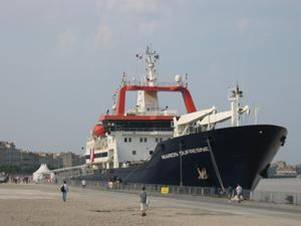The French research vessel "Marion Dufresne" – named after the French explorer who reached Tasmania before the English and the first European to make contact with Tasmania’s indigenous population. The ship was first launched in 1995.
Image courtesy of Missy Holzer and the PACHIDERME program
Deep Sea Sediment Cores Provide Clues to Climate Puzzle
Climate puzzle pieces are hidden in many obscure places around the
globe including in the
ocean sediments that have accumulated over recent
and distant past. Removing these treasure latent cores from the ocean
depths provides information about
past climates including atmospheric and
oceanic conditions. The focus of the upcoming 3 week research cruise of
the Research Vessel Marion Dufresne (shown above), of the French Polar Institute
(IPEV), off the coast of Chile embarking on February 6, 2007 will be to
collect approximately 25 deep sea cores to help answer the puzzling
questions about climate change. The goals of the
PACHIDERME (PAcifique-
CHILi-Dynamique des Eaux intermediaries) cruise under the guidance of
Chief Scientist Dr. Catherine Kissel will be to determine the thermocline
and intermediate water ventilation in the far Southeastern Pacific, to
study the past latitudinal intensity variability of the west wind belt,
and to study the climatologic chronology of the glaciation and climate
change of the region among others.
Besides a number of noted research scientists from around the world
onboard will be 4 teachers immersing themselves in the experience of life
at sea and research with the guidance of one scientist. Their students
will be taking part in this cruise by sending emails, participating in
blogs, and journaling about the daily exploits of those onboard. You and
your students can join the "Core-Education" Team as they journey up the
coast and between the fjords of Chile by sending them emails about the
science and the research. Send your emails to coredu@marion.ipev.fr and
they will enjoy getting back to you.
Missy Holzer, Erika Gutierrez, Edith Poblete, Luis Pinto and Carlo Laj
You might also be interested in:
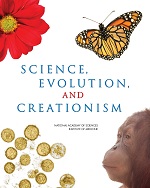
How did life evolve on Earth? The answer to this question can help us understand our past and prepare for our future. Although evolution provides credible and reliable answers, polls show that many people turn away from science, seeking other explanations with which they are more comfortable.
...more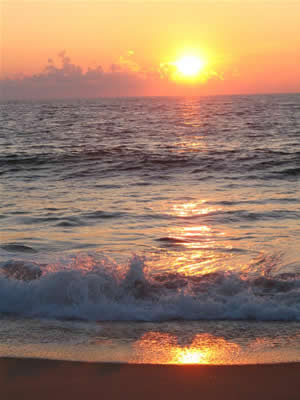
Earth's ocean covers more than 70% of our planet's surface. There are five major ocean basins: the Pacific, the Atlantic, the Indian Ocean, the Arctic Ocean, and the Southern Ocean that surrounds Antarctica.
...more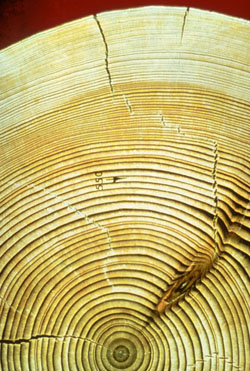
The climate of Earth has been changing for billions of years! It warmed and cooled many times long before humans were on the planet. How do we know what the climate was like a thousand years ago, a million
...more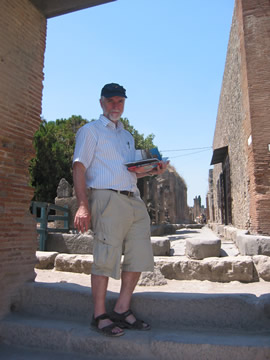
Dr. Timothy Killeen, Assistant Director for the Geosciences, National Science Foundation (NSF) Tim was appointed NSF’s Assistant Director for the Geosciences in July 2008. In this role, he oversees the
...more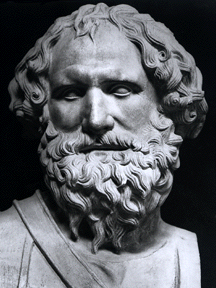
Archimedes was a Greek mathematician and engineer who lived between 287-212 B.C. His greatest contributions are in the field of geometry, where he did much work with circles and their properties. Legend
...more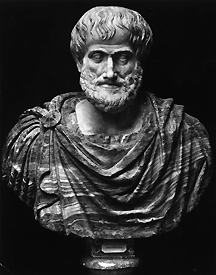
Aristotle was a Greek philosopher who lived between 384-322 B.C. He was one of the greatest thinkers of the world and wrote on every major area of thought. Aristotle thought that the Earth was at the
...more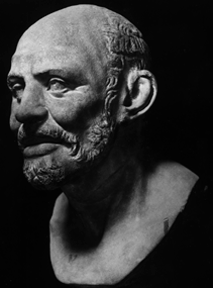
Democritus was a Greek philosopher who lived between 470-380 B.C. He believed that everything in the universe was made up of tiny, indestructible particles called atoms. Democritus had many remarkable
...more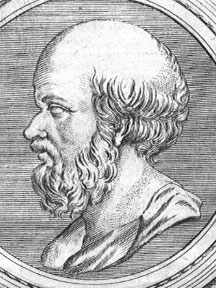
Eratosthenes was a Greek scientist. He lived from 276 to 194 B.C. He studied astronomy, geography, and math. Eratosthenes is famous for making the first good measurement of the size of the Earth. He lived,
...more
